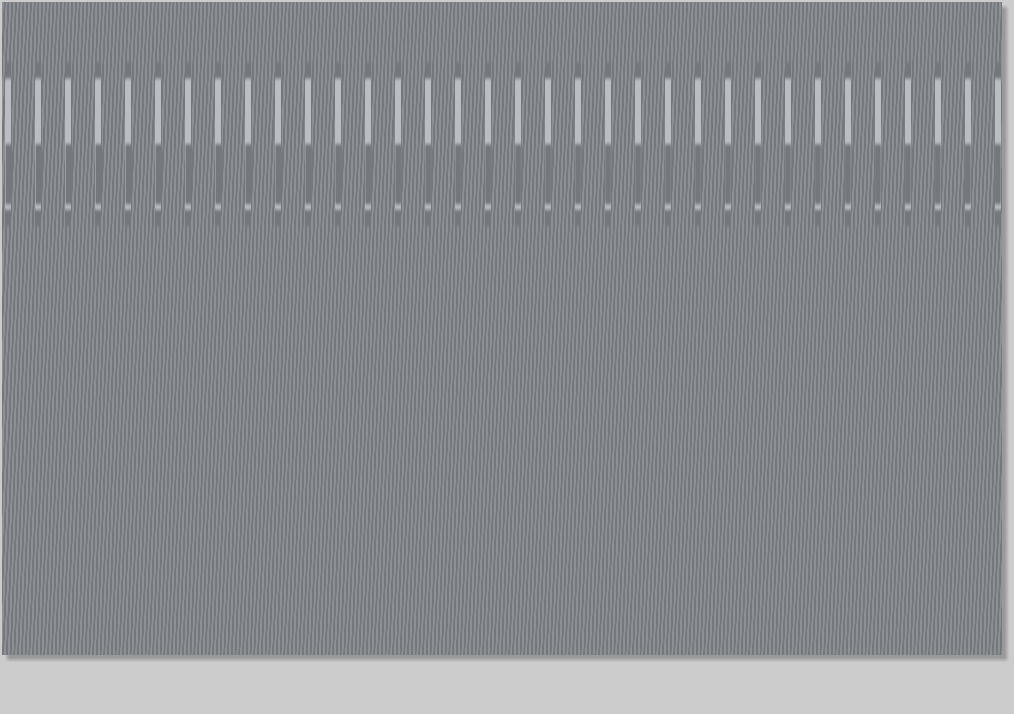
The chancel
Much rebuilt in the 19th century, the chancel retains none of its old windows, but the arched east window of three uncusped lights is a facsimile by Woodyer of what was there before 1882. It is of the Hereford style c.1300. The medieval south wall of the chancel which Woodyer demolished contained a beautiful 14th century window of three lights, with reticulated or flowing tracery in its crown, and there was a priest's door to its west, though this had been blocked by the 18th century at least. But the hoodmould to the easternmost window of the south aisle has unusually large headstops, which do not look as though they properly belong. Could these have been the headstops to the hoodmould of the priest's door, reset in their present positions in 1883? Unusually, there are no windows in the chancel's north wall. This cannot be readily explained, but Francis Peck might provide a clue in his notes '...in digging for graves near the chancel, stone coffins without lids, hollowed to the shape of the human body, have often been found. It is not unlikely that they have been walled-out by some more modern alterations of the church, which evidently has been larger'. Peck's remarks open the door to speculation, but only detailed archaeological investigation might provide an answer as to why the chancel's north wall is windowless, and if ever there was any annexe to the chancel on the north. The chancel arch dates from the 19th century restoration. It is supported on conical, fluted corbels which are also a product of the restoration and which are inappropriate to the architecture of this church. However the capitals which stand on them survive from c.1200. They are well carved, and display volutes moving towards crocket form as took place during the transition from Romanesque Norman to the Early English Gothic style. The timber chancel screen of rather ordinary appearance also dates from the 19th century. The pretty four light timber screen which divides the chancel on its south side from the former organ chamber is particularly noteworthy. Given in memory of Mary Straw (obit 1946), it came from Christ Church, Cotmanhay, near Ilkeston in 1987. The roof, also dating from the 19th century, consists of three bays. It possesses tie-beams which are strengthened below by great arched braces. Like the nave, it is supported on carved stone corbels, two per side. Those on the north display heads of crowned monarchs; those on the opposite side are probably religious figures.

























